When Ratan Tata Did A Back-To-Back Flight Of F-16 And F-18 Jets Over The Skies Of Bengaluru
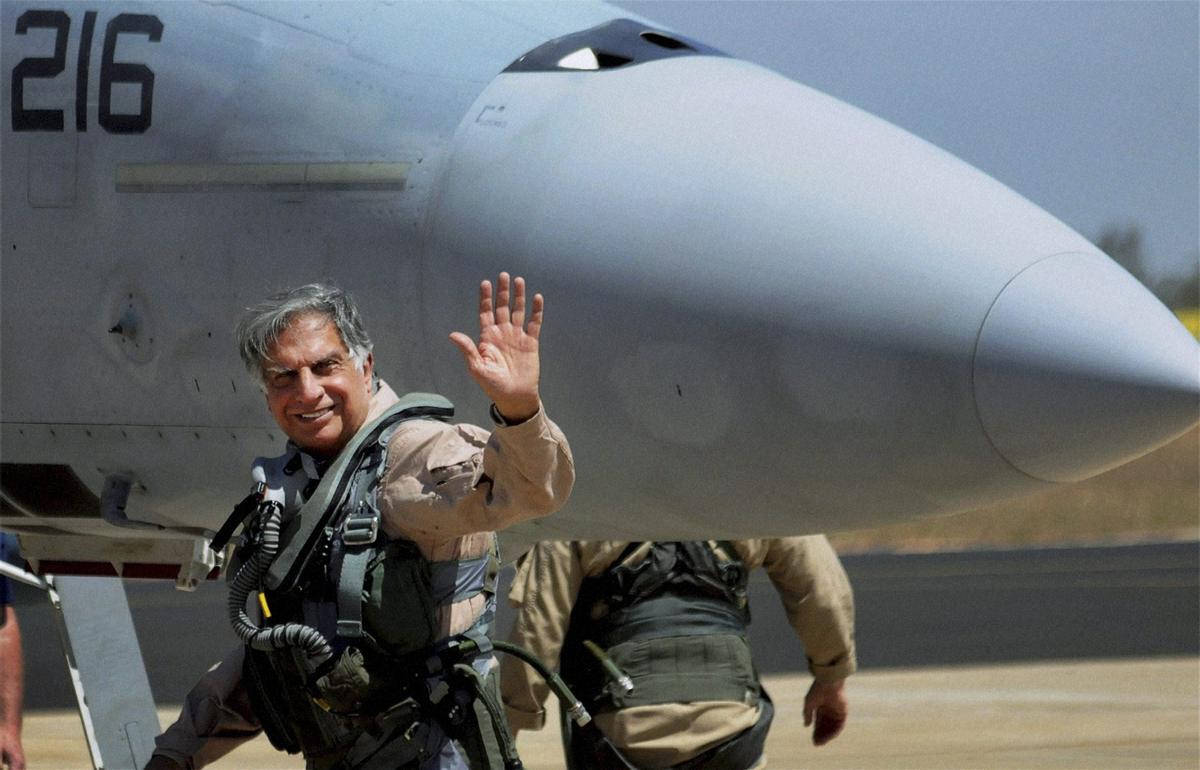
- Tata flew the F-18 jet for a one-hour flight from Yelahanka Air Force Station, only 24 hours after co-piloting an F-16 jet.
- The F-18 Super Hornet is a twin-engine carrier-based multirole fighter jet that is widely used by the United States Navy.
Ratan Naval Tata, Tata Sons’ chairman emeritus, died on Wednesday at the age of 86 in Mumbai’s Breach Candy Hospital, leaving a legacy of business and philanthropic leadership. Another notable aspect of his life was his enthusiasm for aviation.
In February 2007, Ratan Tata set out on a high-speed adventure that few people get to experience. At that year’s Aero India Show in Bengaluru, Tata, then 69, was invited by US defense contractor Lockheed Martin to co-pilot an F-16 fighter jet.
The F-16 is a highly maneuverable, multi-role fighter jet known for its speed and agility. Built in the United States, the single-engine aircraft is widely used by various air forces around the world.
Tata, an avid aviator with licences to fly both jets and helicopters, eagerly accepted the opportunity to co-pilot the combat aircraft.
During the half-hour flight, he reportedly took control of the plane while being guided by a Lockheed Martin pilot. Tata described his experience flying at 500 feet as “exhilarating.”
After the flight, while expressing his excitement, “You end up feeling very timid.”
Tata described how the aircraft he was co-piloting descended to around “500 feet off the deck” and “flew around the topography”. He continued, “It’s unbelievable because you just climb over a hill and come down, turn on your side, or turn over. “It’s unbelievable.”
“All of it was very exciting,” Tata reportedly said, describing his experience.
The Lockheed Martin pilot who accompanied Tata shared in the excitement. “He (Tata) was completely thrilled. The highlight was when we flew at low altitudes — around 500 feet — at 600 knots (1,110 kilometers per hour),” the pilot recounted, adding, “You get a real sense of how fast this aircraft can move.”
Tata reportedly flew a 35-minute sortie in the F-16.
When Tata landed, he was greeted by Lockheed Martin officials who also gave him a miniature F-16 replica. At the time, the American defense company was bidding for a multibillion-dollar contract with the Indian Air Force.
However, this was not Tata’s only aviation accomplishment that week. The next day, he flew Boeing’s F-18 Super Hornet, a larger American fighter jet.
Tata flew the F-18 jet for a one-hour flight from Yelahanka Air Force Station, only 24 hours after co-piloting an F-16 jet. The flight was commanded by a former US Navy pilot. “It was a terrific ride. “I really enjoyed today’s flight,” he said.
“I flew it for a short while in the air, without performing many manoeuvres,” Tata said, adding that he “truly” experienced the aircraft’s performance at both high and low speeds.
Tata ended up flying two of the world’s most advanced fighter jets consecutively.
The F-18 Super Hornet is a twin-engine carrier-based multirole fighter jet that is widely used by the United States Navy. It is intended for both air-to-air combat and air-to-ground missions. Its ability to operate from aircraft carriers distinguishes it from other jets in its generation.


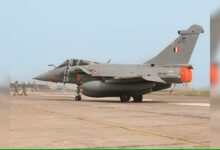
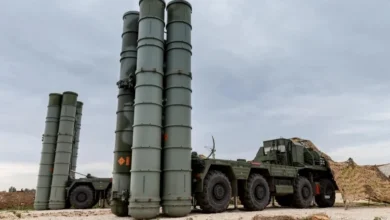
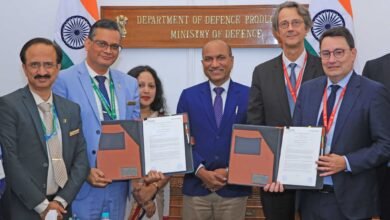
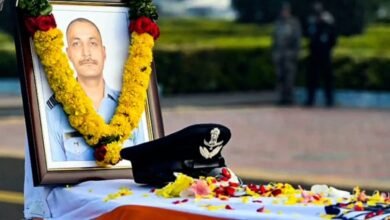
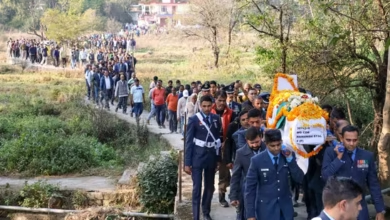
Facebook Comments